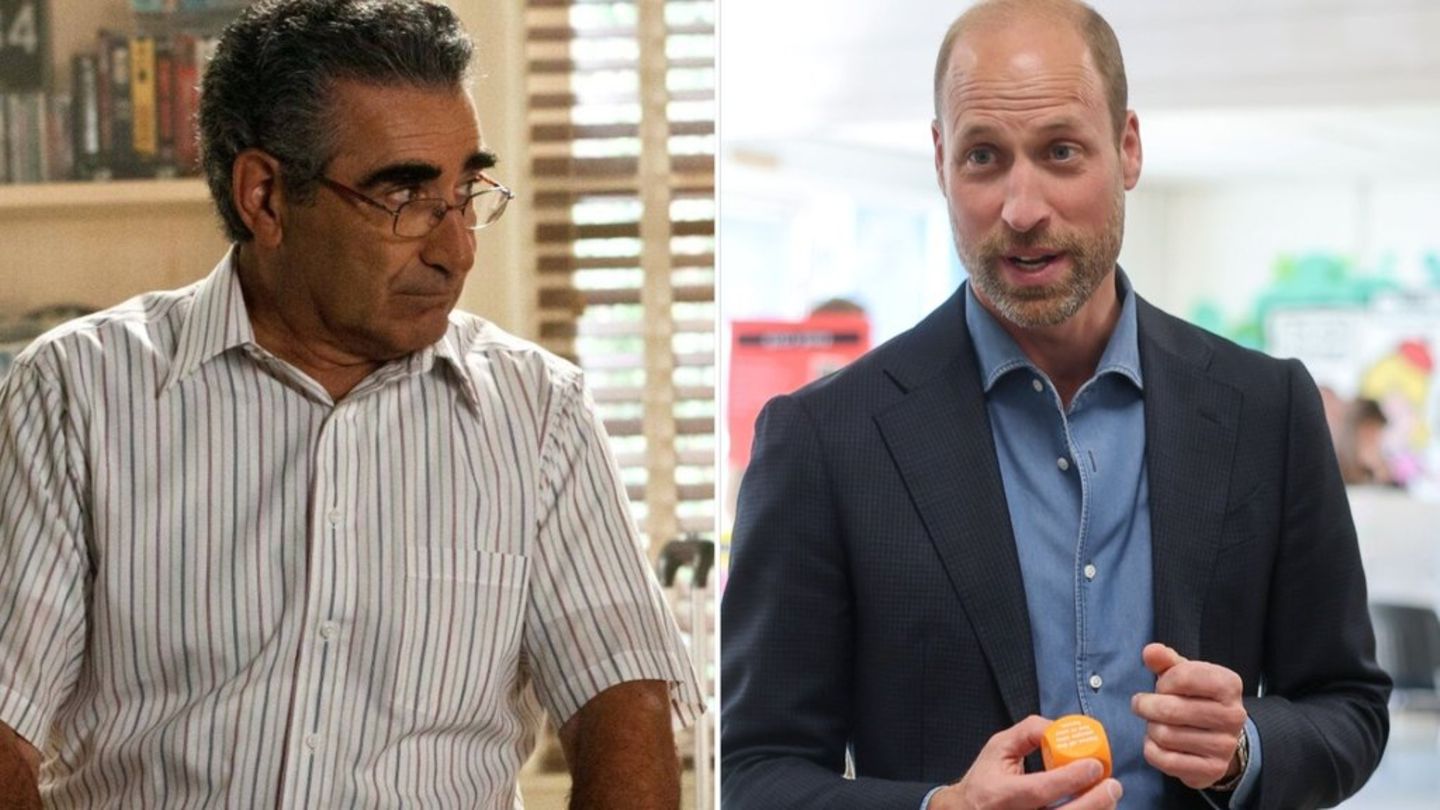Uruguayan industrial production has undergone significant changes in recent years, and one of the main ones is forest industrial development. The commissioning of two large-scale pulp mills, to which a third will be added this year, has put the Uruguay as one of the main exporters of short fiber pulp (eucalyptus) of the world. These plants operate under a free zone regime and have as main markets Europe and China. Pulp production rose in December 8% compared to the previous month, although the annual average closed with a drop of 3.5%.
Likewise, industrial investments that work with physical wood have accumulated, such as sawmills, plywood plants, etc. This sector grew up 26% in December and ended 2022 with an advance of 19%. In recent days, the installation of a new plywood plant for the company was announced LUMIN in long hill, adding the company its third plant in Uruguay. In this case, the markets are diverse, with placements in Europe, USA, Central America and other countries.
There has also been a notable resurgence of the automotive industry, in this case linked to regional markets. The expansion of the plant Nordexin the north of Montevideo (Colón) with new investments, has allowed a strong increase in production. In such a way that automotive production more than doubled in 2022 compared to the previous year.
On the other hand, there was a significant expansion of the company’s production of beverage concentrates Pepsi in the Cologne Free Zonewhere activity grew 21% in 2022. In this case, the main markets are in Latin Americaalthough outside Mercosur.
In addition to these sectors, a good part of Uruguay’s industrial production is deployed in agro-industries, the main one being meat-packing. This sector had a very good first semester, but fell sharply in the second, so that on average it fell 6.8% in 2022. The dairy industry and wheat milling had a very similar performance to 2021, while production in rice mills increased 25%although this was not only due to the production of the year, but to the processing of volumes from previous years.
Industries linked to construction are also relevant, which expanded with construction works. UPM and now they show a certain fall (metal mechanical industry and others). The chemical and pharmaceutical industries also fell in 2022 (-5.8% and -7.8% respectively). The textile industry (today of less relevance than in the last century) dropped its production by 8% in 2022, but the clothing industry advanced 16%.
He total industrial employment increased 2% in 2022although it was 2.5% below its pre-pandemic level.
Source: Ambito




